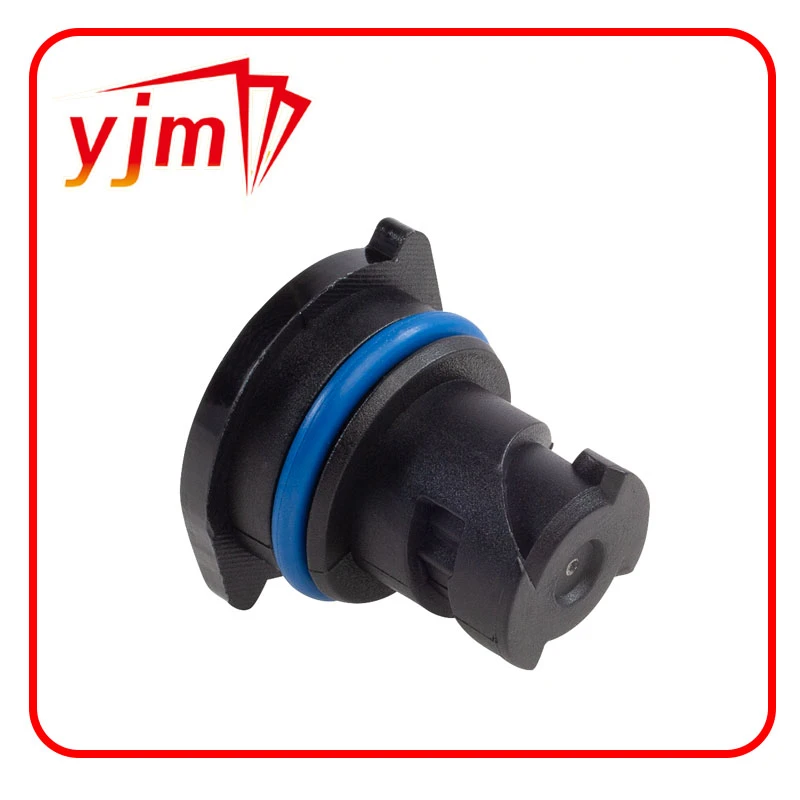different types of o rings
Different Types of O-Rings Understanding Their Varieties and Applications
O-rings are essential components in a plethora of mechanical systems, serving as seals to prevent the leakage of fluids or gases. Their simple doughnut shape allows them to be inserted into grooves, where they can create effective seals between static or dynamic surfaces. Although they may appear uniform, O-rings come in a variety of sizes, materials, and designs, each tailored for specific applications. In this article, we will explore the different types of O-rings and their applications, showcasing their versatility across various industries.
1. Material Variations
One of the most significant factors in O-ring selection is the material from which they are made. The choice of material affects the O-ring's performance with respect to temperature, pressure, chemical resistance, and application environment. Here are some of the most common materials used
- Nitrile Rubber (NBR) Known for its excellent resistance to petroleum-based oils and fuels, NBR is widely used in the automotive industry for sealing applications.
- Fluoroelastomer (FKM) This material is exceptionally resistant to high temperatures and aggressive chemicals, making it suitable for applications in the aerospace and chemical processing industries.
- Silicone Rubber Offering excellent flexibility and temperature resistance, silicone O-rings are often used in applications that require low-temperature flexibility and high-temperature stability, such as in food processing and medical devices.
- Polyurethane (PU) Known for its durability and abrasion resistance, PU O-rings are often found in applications where mechanical wear and tear is a concern
.- EPDM Ethylene Propylene Diene Monomer (EPDM) O-rings are resistant to heat, ozone, and weathering, making them ideal for outdoor applications and in HVAC systems.
2. Size and Shape
O-rings are available in a myriad of sizes to fit specific dimensional requirements. Standard O-rings are commonly found in sizes defined by the AS568 standards, while metric sizes are also available. Custom sizes can be manufactured upon request to meet unique specifications.
different types of o rings

The shape of O-rings is primarily circular, but variations include square rings and quad rings. Quad rings, for instance, feature a four-lobed design that can provide a better sealing capability under certain conditions, reducing friction and improving the lifespan of the seal.
3. Application Varieties
O-rings find applications across diverse fields
- Automotive Industry Used in engines, transmissions, and fuel systems to prevent fluid leakage of lubricants and fuels.
- Aerospace Essential for maintaining pressure in aircraft fuel systems and hydraulic systems, where both chemical resistance and high performance at extreme temperatures are critical.
- Medical Devices Used in syringes, stoppers, and various other components that require biocompatibility and reliability under different pressures and temperatures.
- Hydraulic and Pneumatic Sealing O-rings are widely used in cylinders and valves to maintain pressure integrity in hydraulic and pneumatic systems.
- Food and Beverage Industry Food-grade O-rings ensure that contaminants do not leach into consumables during processing and packaging.
4. Conclusion
In conclusion, O-rings are integral to a multitude of applications across various industries, each type serving a unique purpose based on its material, size, and construction. When selecting an O-ring, it is crucial to consider the specific requirements of the application, including temperature ranges, chemical exposure, and mechanical stresses. Understanding these different types of O-rings and their applications can help engineers and manufacturers make informed decisions, ensuring the integrity and efficiency of their mechanical systems. As technology continues to evolve, O-rings will undoubtedly remain a fundamental component in the quest for reliable sealing solutions.
-
The Ultimate Guide to Boat Propeller Bearings and Trailer Wheel Bearings
News Jul.31,2025
-
The Essential Guide to Marine Bearings and Boat Trailer Wheel Bearings
News Jul.31,2025
-
The Complete Guide to Heavy Duty Seals: Protecting Doors and Spaces Efficiently
News Jul.31,2025
-
Essential Guide to Marine Shaft Bearings and Boat Trailer Axle Bearings
News Jul.31,2025
-
Comprehensive Guide to Marine and Trailer Bearings for Safe Boating and Transport
News Jul.31,2025
-
Comprehensive Guide to Automotive Oil Seals: Protecting Your Engine and Shafts
News Jul.31,2025
-
Understanding Automotive Oil Seals: Essential Components for Engine and Shaft Protection
News Jul.30,2025
Products categories















